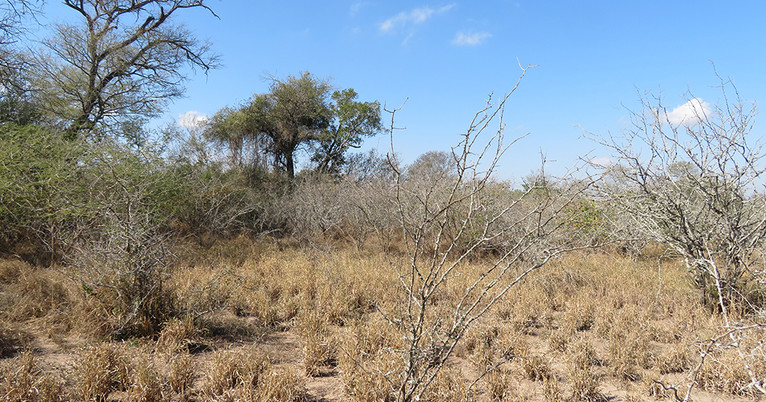Abiotic Factors in Savanna
Savanna Abiotic Factors
This savanna is an area that encompasses about 20 percent of the world and has dry grassy plains and wide-ranging trees. The non-living things which influence the area are abiotic factors in the savanna. In tropical and subtropical regions of the world, savannas are present. The most prominent of those were in Africa, South America, Australia, India, Asia and Madagascar, Myanmar-Thailand. Paleontologists assume that savannas evolved during the Cenozoic period around 66 million years ago as a result of cooling temperatures and decreased plumage on tropical boundaries. When people first arrived on this planet, they lived on a savanna. Abiotic factors not only species but also on the size of their populations in some regions. Small variations in any factor can affect ecosystems enormously. Abiotic influences are usually categorized into three categories: climate factor, edaphic factor, and social factor.

Abiotic Factors in the Savanna
Rainfall
The savannas are classified into three groups, muddy, dry, and thorny bush, basically based on the rainfall in Savanna. The rainy seasons in savannas are almost for 3-5 months and have a long dry season. The dry season is almost 5 and 7 months long. Savanna thorn bush faces more than seven months of the dry harsh season.
Soil
Savannas soils in wide grassy plains are typically poor infertility. The most nutritious areas are the ones that originate from the decomposing and dropping leaves of the forest, promptly below forest vegetation. The ability of certain trees to extract minerals and nutrients from deeper into the soil and to support the plants in the field will improve the productivity of soil within a larger zone. In addition, insects produce nearly 30% of the organic compounds decayed on the savannas. These nutrients can be retained in the distinct heaps that build for prolonged periods of time. The word “savanna termite” defines the places in which old termite decompose the fallen down leaves and enrich the soil.
Climate Change
Climate change is an environmentally abiotic element that has a major influence on the overall savannah. Most savannas could further flourish, and others can reduce in size because of the greenhouse effect that is caused by the exceptionally high carbon dioxide levels in the atmosphere. Current evidence indicates that these modifications will affect the animals, plants, and pests that are growing in these areas noticeably. The Earth’s capability to respond to these changes partially depends on how swiftly they emerge.

